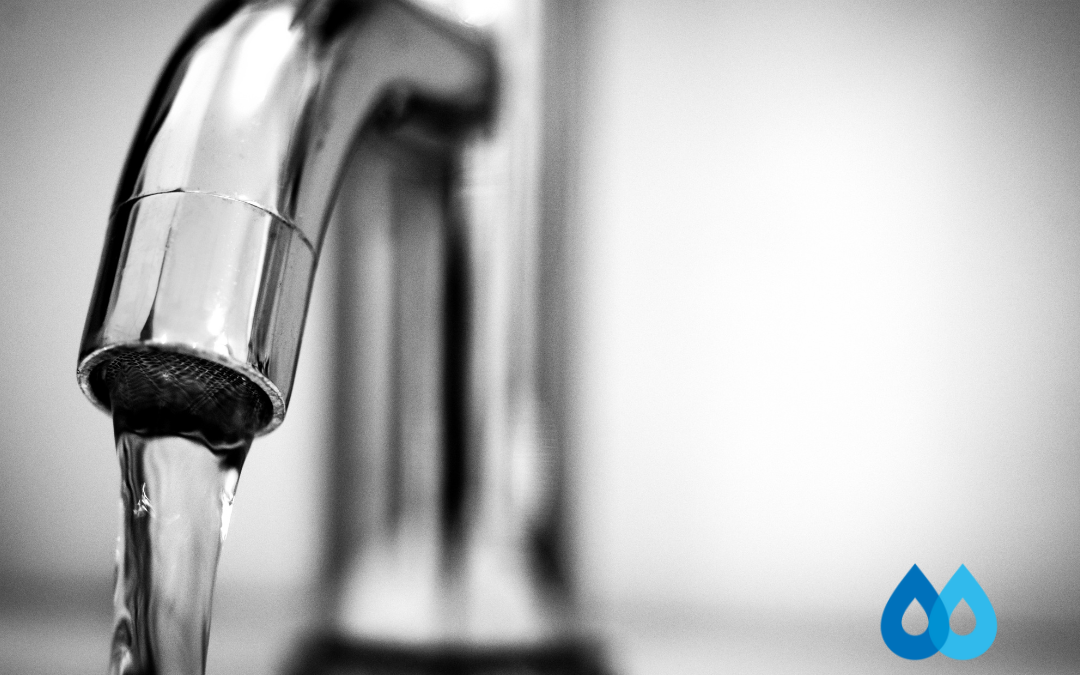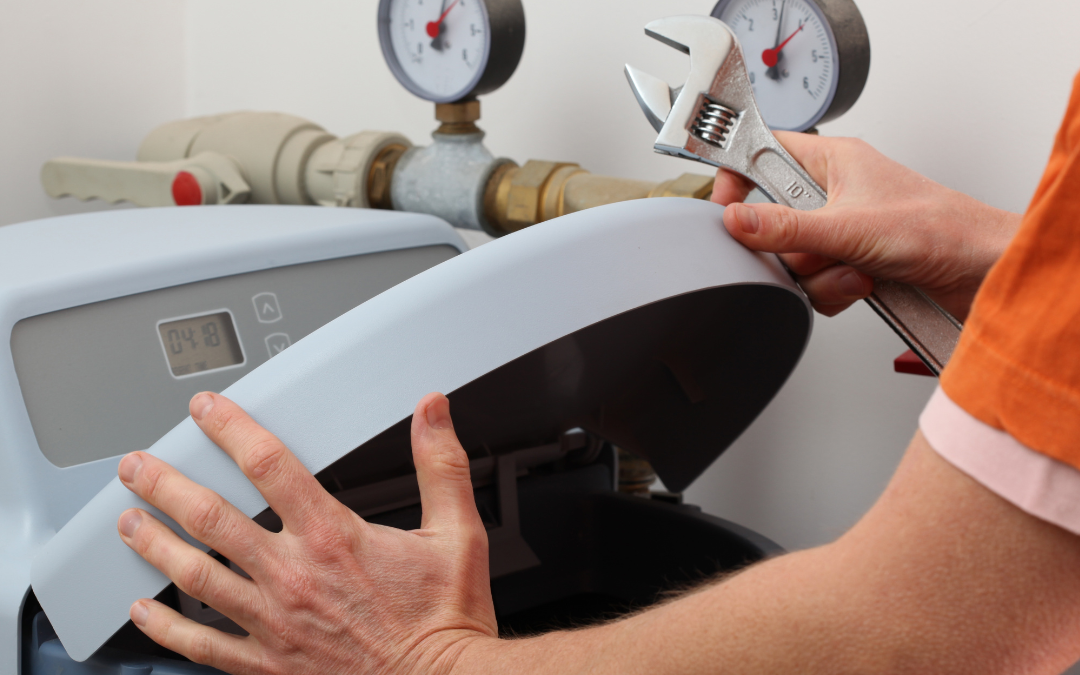The National Public Radio’s online station recently published an article regarding the fight for water in and around the Imperial Valley in Southern California. According to the article, the Imperial Valley produces about 80% of the nation’s winter vegetables, which is a huge part of the local economies for businesses and individuals – and a huge part of our daily diet. But today, there are a few different trends having major effects on the area’s local water sources and are threatening to drastically reduce the amount of water available, leading to potential threats on these economies. Population booms, years of drought, and water waste are combining together to create this threat, something citizens in the area are becoming much more aware of in these latter months.
The water comes from the Colorado River, the lifeline of the crops and farmlands, which flows into the Imperial Dam, the main way the Imperial Valley sustains itself. This water source is the only source for agricultural and drinking water. Losing this phenomenon would be tragic to this area, and someday, there may not be enough water to go around. The Imperial Valley was once dry, arid land, but when the river was flowing with might, the crops were rich and plentiful. It’s not too great of a stretch of the imagination to see it dry and arid again.
The Imperial Valley grows crops such as sweet corn, onions, lettuce, carrots, cauliflower, and broccoli. The area produces real crops, real services that have a positive impact on the rest of the country during the winter months, and farmers in the area hope to see this trend continue, but also agree that something has to be done about the water waste occurring when tending to their crops. Some farmers have sold rights to a portion of the water that they were allotted to help nearby cities and bolster their own financial bottom line, but anyone will tell you that the water needs to stay there. Residents of the area also agree that something has to be done and are willing to do their part to reduce the threat of running out of water in their areas.
Many residents want to make these changes in their homes and local businesses first, but need to ensure that they are able to find an affordable alternative. One option is a drinking water system that will conserve water, but also provide their family or employees with clean, great tasting drinking water. In the past, the only option has been reverse osmosis systems, but these waste up to 90% of the water they draw to generate a glass of drinking water, which is unacceptable within a problem such as this. All parties need to reduce water waste, and seeking out a state of the art drinking water system can help residents be environmentally-friendly and economically-responsible. Residents can ultimately find a system which will save thousands of gallons of water in the long run compared to traditional reverse osmosis systems, as explained in one educational video.



